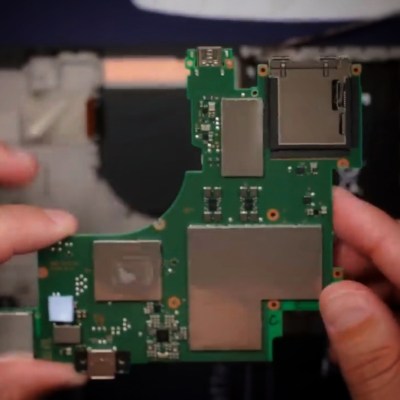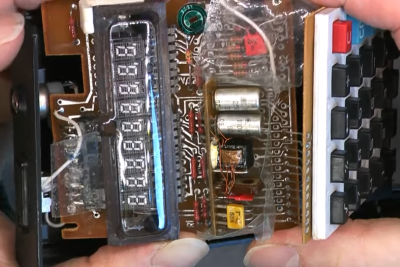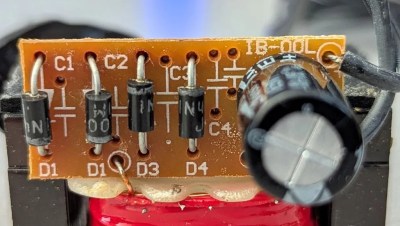
For those of us who have worked on SNES and GameCube controllers, we know that these are pretty simple to get into and maintain. However, in the trend of making modern game controllers more complex and less maintainable, Nintendo’s new Switch 2 Pro controller is giving modern Xbox and PlayStation controllers a run for their money in terms of repair complexity. As shown in a teardown by [VK] on YouTube (starting at nine minutes in), the first step is a disappointing removal of the glued-on front plate. After that you are dealing with thin plastic, the typical flimsy ribbon cables and a lot of screws.
The main controller IC on the primary PCB is an ARM-based MediaTek MT3689BCA Bluetooth SoC, which is also used in the Switch 2’s Joy-Cons. The 3.87 V, 1070 mAh Li-ion battery is connected to the PCB with a connector, but getting to it during a battery replacement might be a bit of a chore.
Continue reading “The Switch 2 Pro Controller: Prepare For Glue And Fragile Parts”





















